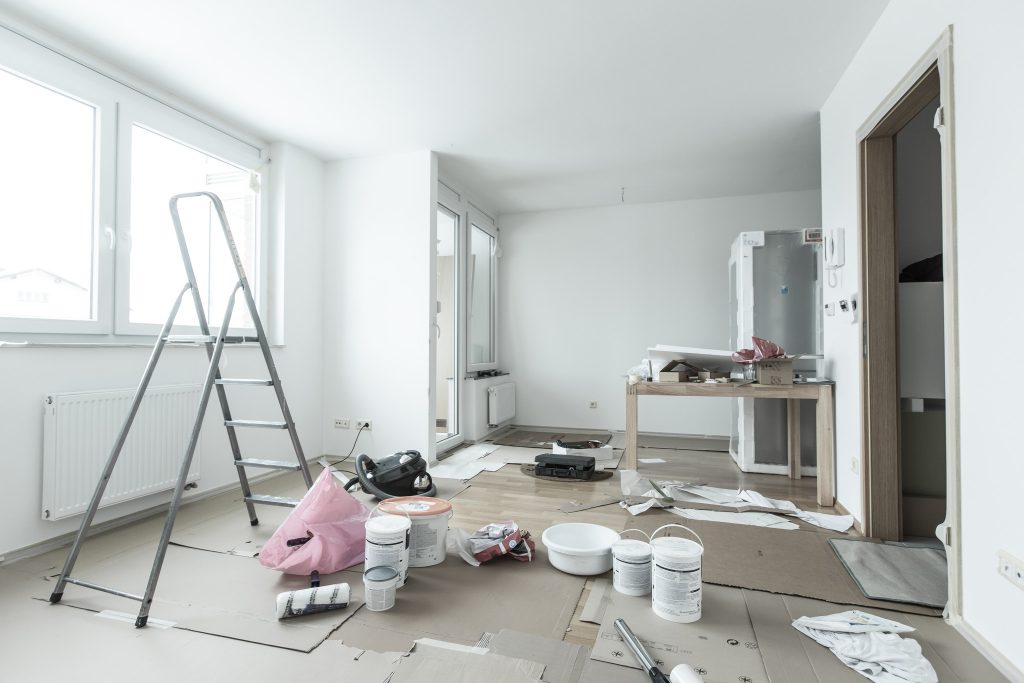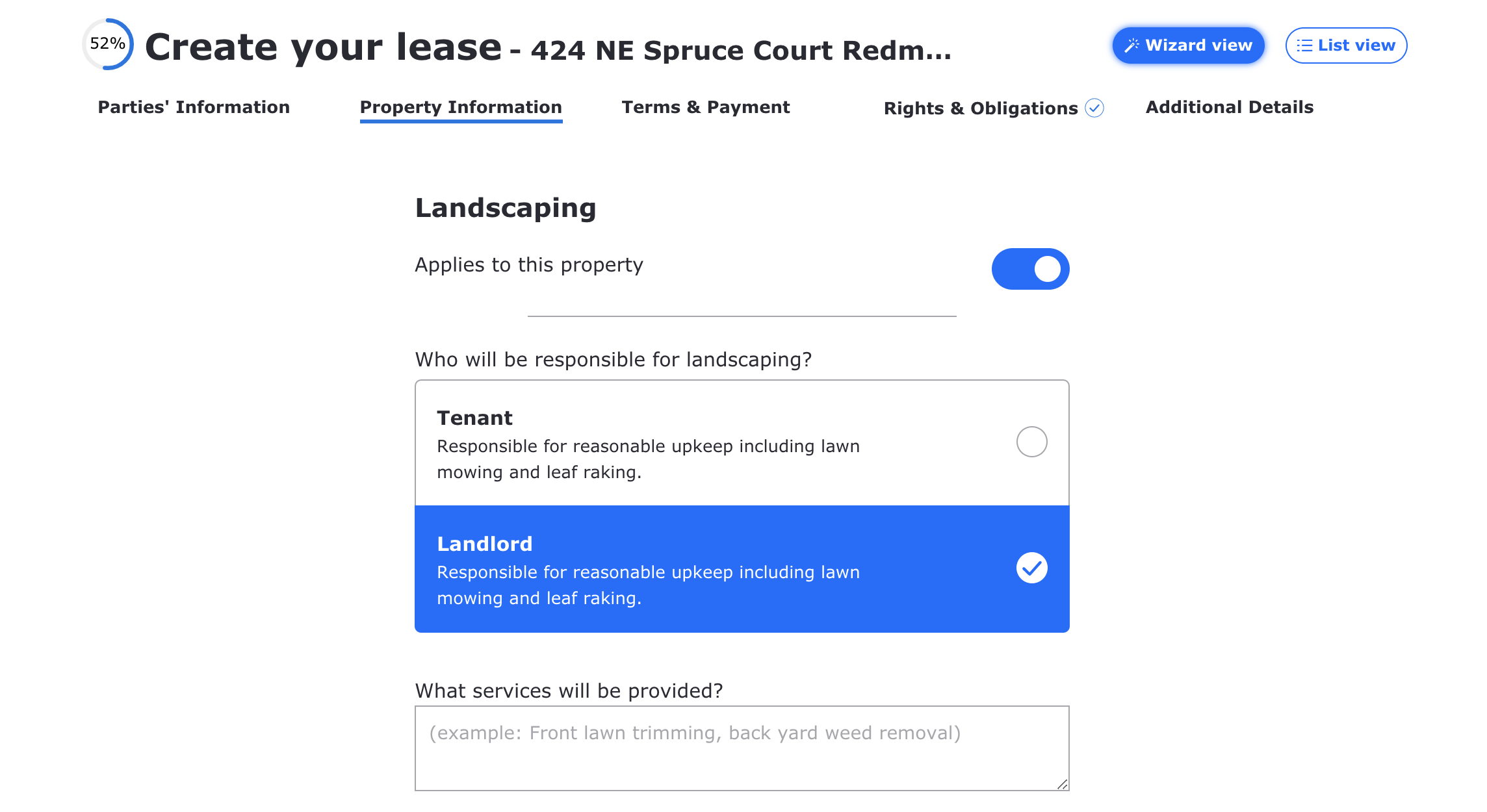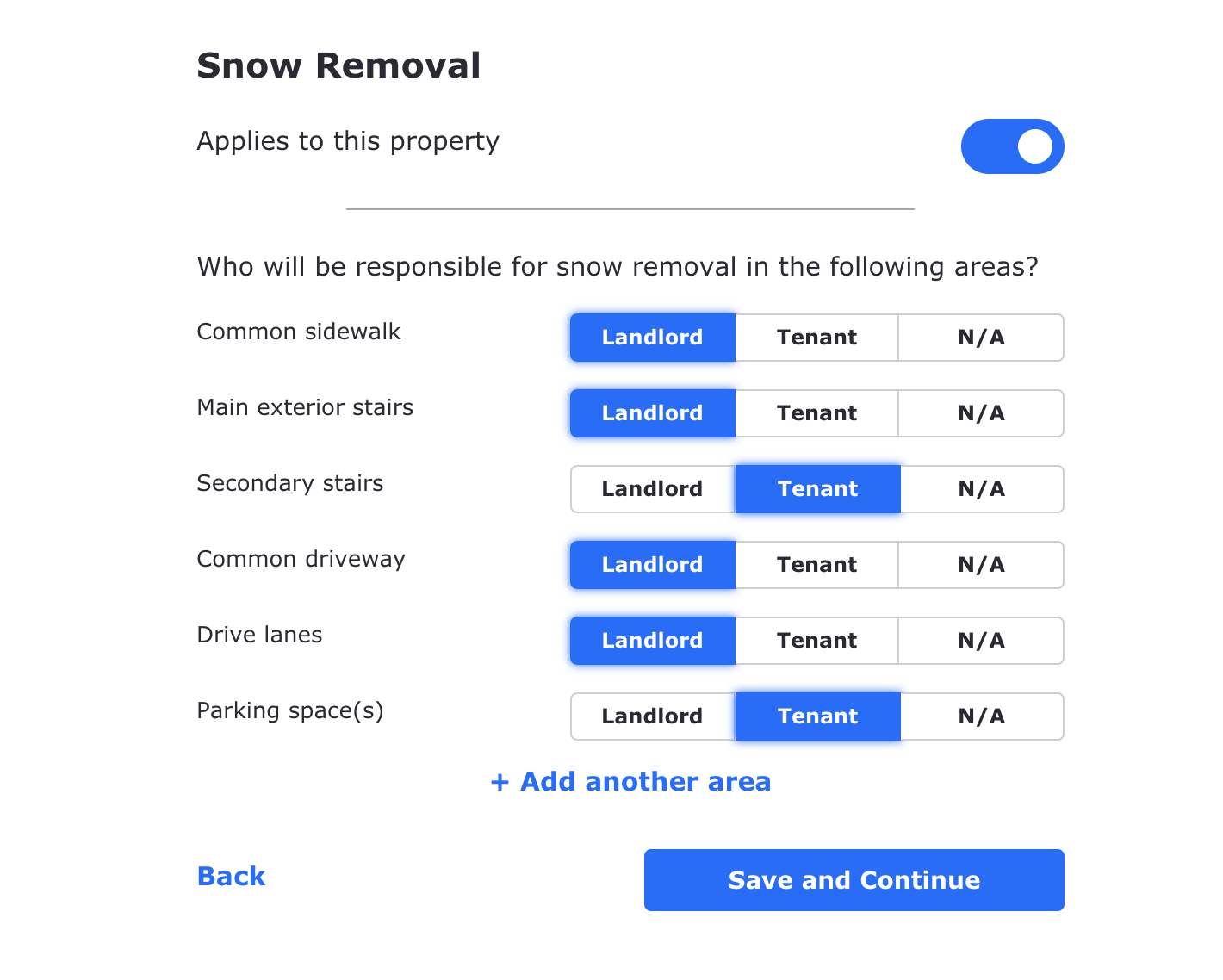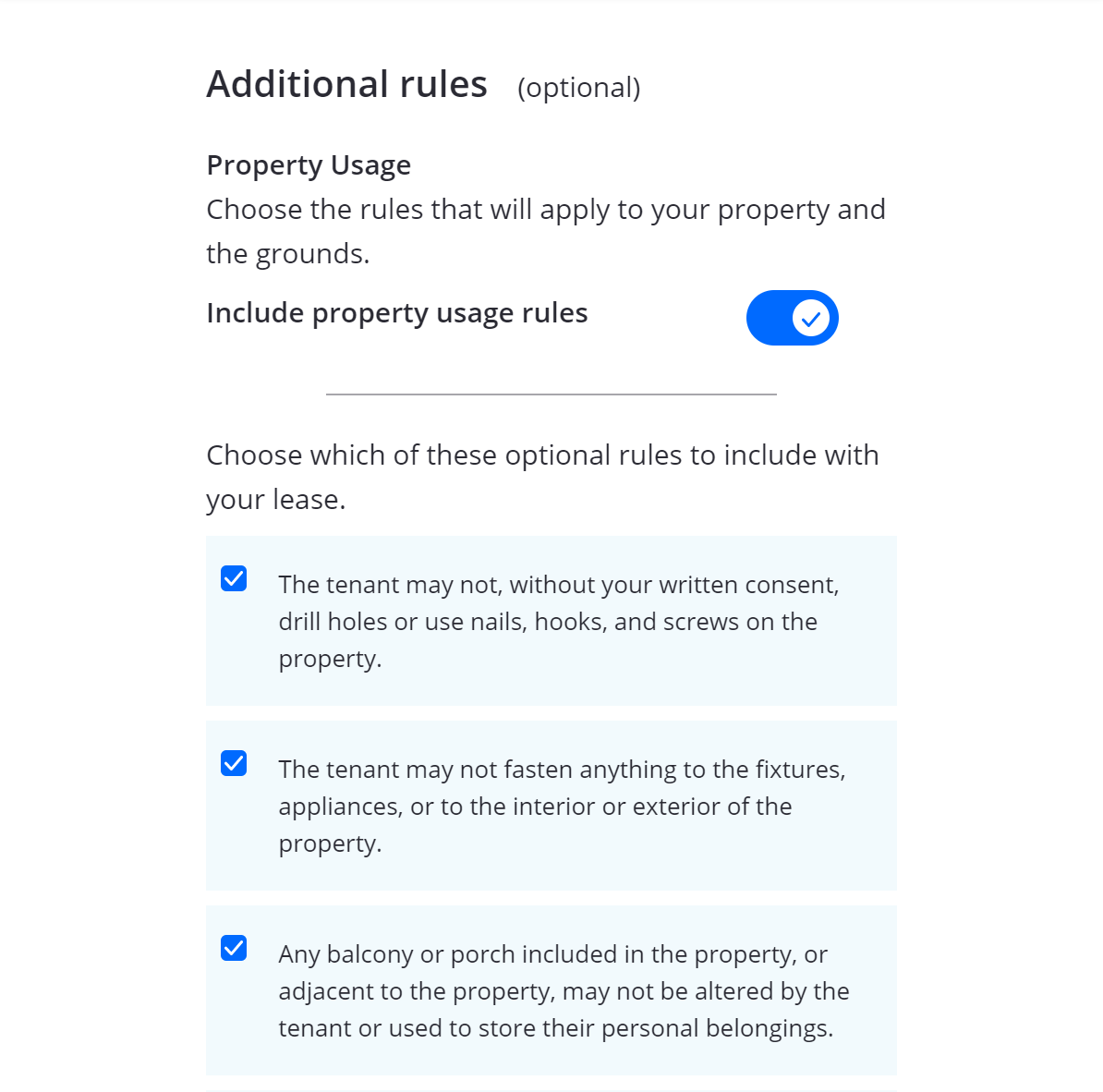Landlord Responsibilities and Duties of a Tenant


In this article:
As a landlord, you hope that your rental property will be a lucrative investment with only minor headaches, but it’s a job that comes with a lot of responsibilities. Depending on local laws, you may be responsible for maintaining your property to a standard that ensures tenants have a safe and clean living space, as well as responding to maintenance requests in a reasonable amount of time. Tenants may have certain responsibilities too, either under the terms of the lease or under local law. These could include alerting you to health or safety issues caused by the property.
Be sure to consult an attorney about local maintenance requirements for landlords and tenants. It’s important to clearly communicate with your tenant which rental property maintenance tasks fall under landlord duties and which tasks are usually the tenant’s responsibility.
Landlords are responsible for providing a safe, clean and healthy living environment for their tenants. Most municipalities have local building codes and state laws that lay out standards for the construction, maintenance and living standards of rental units. The specific rules and requirements often vary based on the state where your property is located, but here is a general list of landlord responsibilities:
Consider conducting regular maintenance checks and make any necessary repairs to your rental property. Depending on local laws, you may have an obligation as the landlord to:
Understanding your state and local laws ensures you’re providing a healthy living environment for your residents. Consider adding a provision in your lease that encourages your tenants to notify you as soon as problems arise so you can address them before small issues become major repairs.
While you want your tenant to enjoy their home, you also want to make sure they aren’t disrupting other residents. Consider specifying in your lease that tenants should maintain a reasonable noise level.
Check with a local attorney to see if you have a landlord responsibility for tenant safety. Legal requirements may vary by local law, so it’s important to understand what is required in your area. Regardless of where you live, there are several actions you can take to ensure tenant safety, including:
Screening all tenants. Use a rental application and background check (where allowed by law) to screen potential tenants. Zillow Rental Manager’s screening tool makes it easy to both accept applications and perform background checks online.
Maintaining locks. Rekey locks before a new tenant moves in, and make sure locks on windows and doors are always functional.
Removing hazards. Make sure common areas, including parking lots, are well-lit. Be sure proper safety measures are followed; for example, no emergency exits should be blocked, and all exits should be clearly marked.
Providing safety equipment. Be sure your property has functioning smoke and carbon monoxide detectors that have not been tampered with. If your property has a pool, keep rescue equipment like life rings and rope on hand.
Supervising all hired personnel. Keep a watchful eye on people you’ve hired to work on the property, such as electricians, plumbers, contractors and maintenance workers.
Giving notice of entry. While keeping the rental properly maintained is a top priority, you also need to follow local laws about providing advance notice before entering the rental. Most states require landlords to give 24 or 48 hours’ notice of entry, but requirements may vary in an emergency.
Major issues that can negatively impact your tenant’s quality of life or affect their ability to live comfortably in the rental unit typically require immediate attention. Here are a few examples of what are typically urgent landlord repair responsibilities:
Response times vary depending on the severity of the issue. How long you can wait to respond to repair requests depends on local requirements, so be sure to check with your attorney or local landlord-tenant law expert for guidance on response times.
Response time for major repairs: If a tenant experiences a major issue that impacts livability, generally you must respond within 24 hours of the complaint. You may also be required to cover the cost of temporary housing.
Response time for minor repairs: For lesser concerns, landlord response times can vary based on the terms of the lease and local regulations. But even minor requests should be handled quickly (typically within seven days) to prevent further damage and maintain livability. Be sure to notify your tenants before entering the rental property.
When a tenant moves out, landlords should repair anything that might be considered normal wear and tear, such as stained carpets, scuffed walls and worn or loose hardware. Consider using a walkthrough checklist to keep track of the rental’s condition when a tenant moves in and again when they move out. It’s also a good idea to make a rental property maintenance plan and clearly lay out your and the tenant’s responsibilities in the lease to minimize the number of unexpected repairs. You may want to collect a security deposit to cover any damage that might exceed normal wear and tear.
The responsibilities of a tenant typically include ensuring the property stays clean and in good repair. Tenants also are expected to flag major issues. Here is a list of tenant responsibilities:
Tenants are typically responsible for keeping the unit sanitary, which means a tenant should:
In addition to keeping their rental unit clean, tenants should avoid causing damage through negligence or recklessness. Normal wear and tear is expected, but damage that leaves the property in worse condition than when a tenant moved in is not. Many municipalities recognize and enforce tenant liability in the following scenarios:
Tenants should attend a walkthrough before they move in to point out any issues or needed repairs so you can document them on a rental walkthrough checklist. Tenants should maintain a copy of the rental walkthrough checklist for their records so they can avoid any damage charges at the end of the lease. Any damage charges outside of normal wear and tear are usually covered by a security deposit.
Another common tenant maintenance responsibility is letting the landlord know about needed repairs as soon as possible. If a tenant notices an issue and fails to report it to the landlord, the tenant may be liable for additional damage that wouldn’t have occurred otherwise. For example, a slow leak in a dishwasher drain hose could be an easy fix early on, but it could cause serious water damage if left unreported and unrepaired for months.
Some rental property maintenance and repairs can be done either by you or by your tenant, but other jobs may require you to hire a licensed professional. Some municipalities even require that a licensed professional handle certain maintenance responsibilities, such as:
Planning ahead to anticipate maintenance work can be a big time saver, helping you avoid contractors’ busy seasons. For example, have your furnace serviced in the spring or summer instead of in the winter. Not only will it be easier to schedule, but you may get a discount.
Seasonal maintenance responsibilities vary by region, and landlords and tenants can negotiate who will perform each task. However, as a landlord, you may still be held liable for any accidents or injuries that occur if proper maintenance is not completed. An example would be someone slipping on a snowy sidewalk in the winter. Common seasonal maintenance tasks can include:
As covered above, it’s usually the landlord’s responsibility to maintain a safe and livable rental property, but there are some tasks that could fall either to the landlord or the tenant depending on the terms of the lease. When creating your lease, think about the maintenance you expect your tenant to take care of, and consider adding details to the lease accordingly. Here are a few examples of specific responsibilities you may want to add.
Decide whether you’ll be providing landscaping services like mowing the lawn and raking leaves or whether the tenant should be responsible. If you use Zillow Rental Manager to create your lease, you can easily include landscaping details.

If your rental property is in a region that’s likely to get snow, you’ll want to make sure your lease outlines who is responsible for snow removal. In Zillow Rental Manager, you can specify which areas of the property you’ll take care of and which the tenant will be responsible for, including locations like sidewalks, stairs and driveways.

These are specific rules to prevent costly damage to the unit. For example, you could state that the tenant may not drill holes in the walls without written consent or that they may not cook outside or barbecue within 15 feet of the building.

In a lease agreement, landlords might also assume responsibility for the upkeep of common areas, as this helps to maintain property value and aesthetics. However, certain properties may require dues from unit owners or renters for the upkeep of a high-use common area like a swimming pool or clubhouse.
While you can document specific tenant responsibilities in your lease, you may not be allowed to add any disclaimers that would waive a tenant’s right to request repairs and maintenance. Regardless of how your lease is worded, you’re always responsible for performing maintenance and repairs that are necessary to maintain livability.
To learn more about the ins and outs of managing rental property, read our Landlording 101 guide.